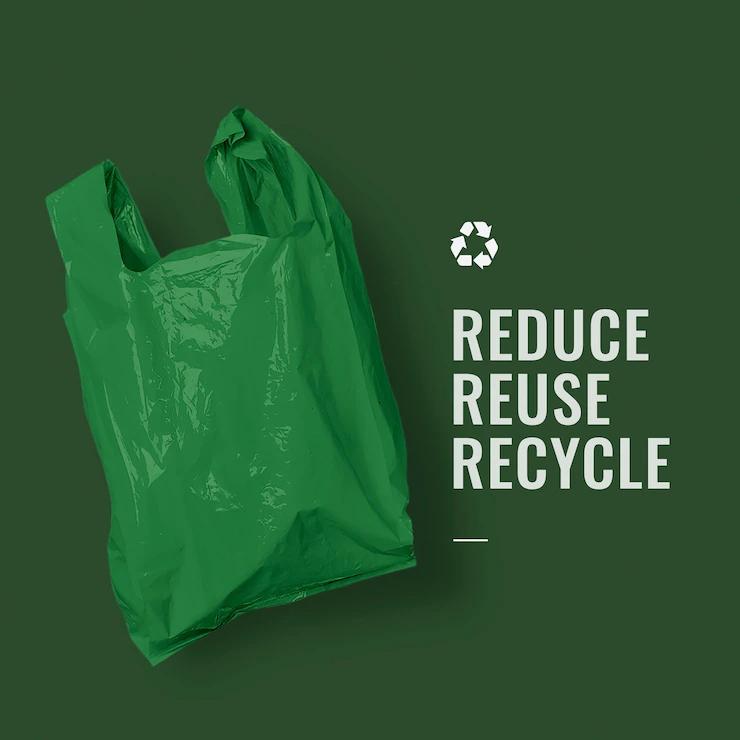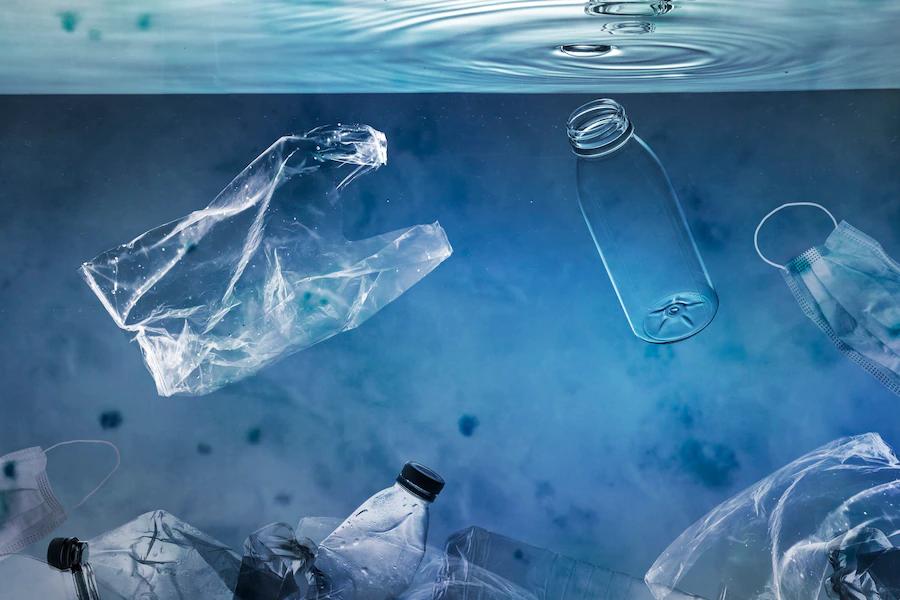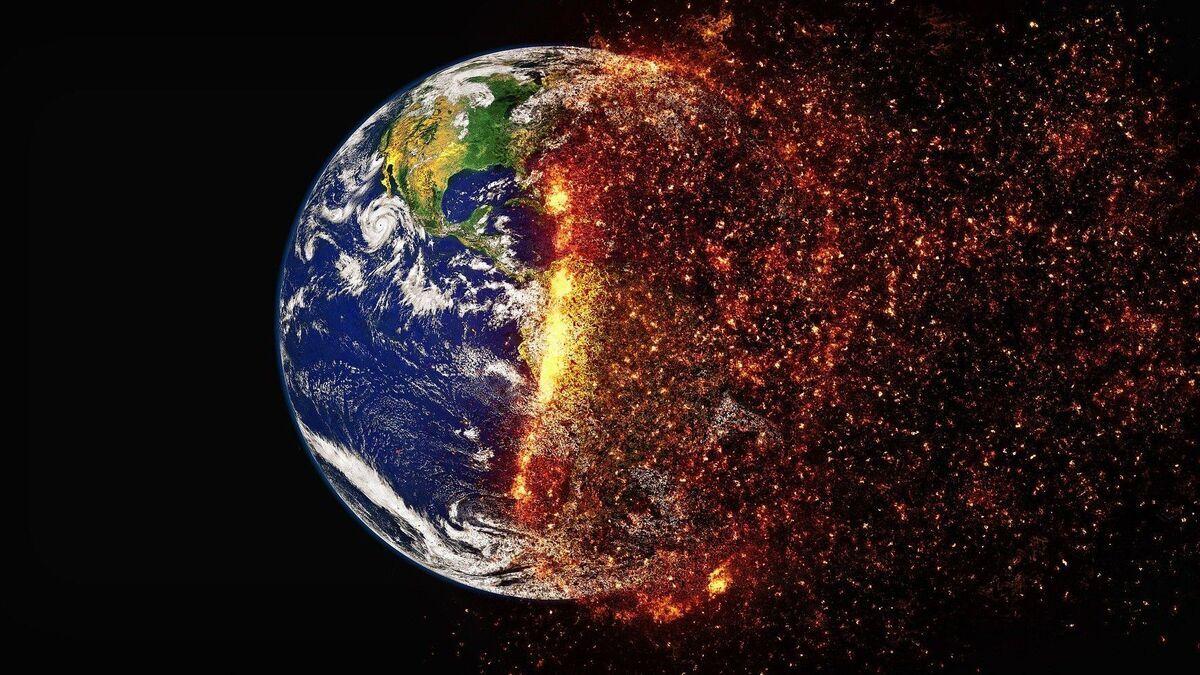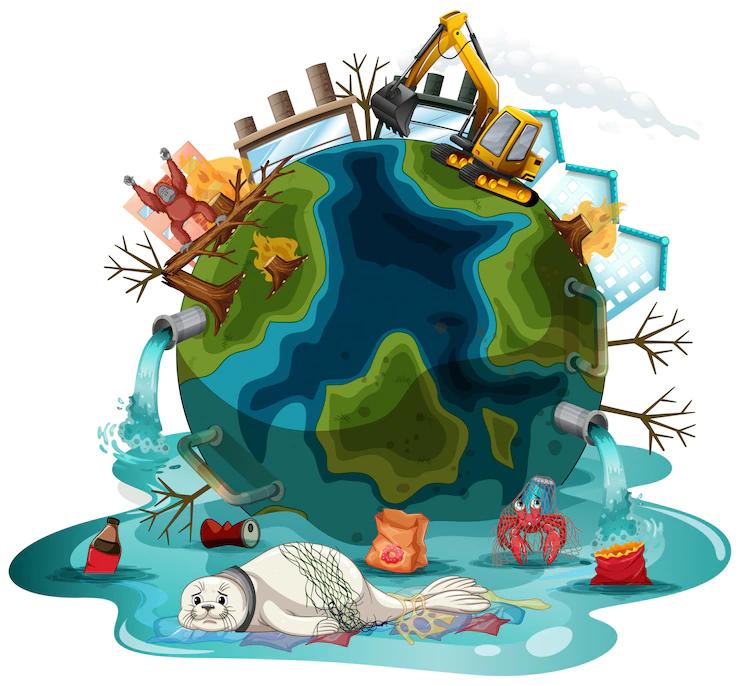Rapid population growth, urbanization, industrialization and excessive use of technology have led to a noticeable increase in environmental damage in recent times. Along with this, forest fires, severe droughts, destructive floods are increasing day by day. There is actually a reason for these disasters that leave all living things on earth in a difficult situation. It is the global climate crisis we are facing.
Also Read: Netflix’s First Live Streaming Event is Dated
What is the Climate Crisis?

Climate crisis; global warming is the general name of the problem of climate change, which is considered as a large-scale problem in our world with global climate change. The climate crisis is one of the biggest reasons for the increase in the use of energy resources that emerged with industrialization and population growth. With the rise in average annual temperatures on our planet, global warming is occurring. As a result, all living beings on Earth face a climate crisis.
With climate change, destructive floods may occur as a result of excessive rainfall, and regions with low annual rainfall may experience severe drought and drought. In addition, increased loss of biodiversity is among the consequences. This will negatively affect the entire food chain. According to WWF's statement,
Reducing the Use of Plastic

Plastics are single-use waste that cause the extinction of millions of living things every year. Invented in 1862, plastic today is everywhere you put your hand. From our toothbrushes to the glasses we wear, from the plastic bottles we buy every day to the technological devices we use, each of us causes a "plastic footprint" with the plastics we consume and throw away. While 2 million tons of plastics were produced annually in the 1950s, today this number has exceeded 350 million tons per year. If plastic production and consumption continue at this rate, it is estimated that by 2050, there will be 34 billion tons of plastic waste in the world. If this continues, according to reports, the total weight of plastics in the oceans in 2050 will be more than the total weight of living creatures in the sea. This will lead to irreversible natural disasters and crises. In the last 50 years alone, 60% of natural life has disappeared.
Microplastics

Thanks to the convenience it brings both in production and daily use, the use of plastic has increased considerably today. Especially its use in disposable products increases the rate of plastic in waste day by day. In addition to visible pollution, plastic wastes can remain in the soil where they are found for many years without dissolving in water, and at best, they continue to exist as particles when they begin to decompose and dissolve. The discovery of plastic particles in glaciers and even microplastics in the Mariana trench, the deepest known point in the world, is the biggest proof that these plastic wastes have been polluting the environment and ecosystem uncontrollably for years.
Studies examining wastewater samples from washing machines have also shown that a single garment can produce about 1900 microplastic fibers in each wash. Widely consumed personal care products such as facial cleansing and exfoliating gels, shower gels, shampoo, soap, toothpastes, eyeliner, mascara, lip gloss, deodorant and sunscreens produced in the cosmetics industry also contain abundant microplastic waste. In order to prevent these micro-sized pollutants at the source, the United States banned the production of microbeads in 2017, followed by countries such as the UK, Canada and Australia, and after 2018, many countries banned microbeads used in cosmetics. Many environmentally conscious companies have also turned to the use of bioplastics.
Market Impact of the Use of Bioplastics

With an increasing number of major brands turning to bioplastic solutions, the market network is developing rapidly in this area. Brands and brand owners such as Procter & Gamble, Danone, Puma, Lego, IKEA, Tetra Pak, Heinz and Toyota have introduced the first large-scale products in Europe. The introduction of different bioplastic materials with these new products significantly increased awareness and knowledge. This move will also allow the quality of the materials to become clearer and more accepted, and with increasing volumes of bioplastics on the market, higher production costs will soon be in line with the prices paid for conventional materials.
According to the latest Eurobarometer Survey by the European Commission (2020), around 90 percent of European consumers are inclined to buy products that have the least impact on the environment. The clear advantages of bio-based plastics over conventional plastics make them attractive to environmentally conscious consumers. This of course means that the use of bio-based plastics needs to be transparently explained and marketed.
What is Bioplastic?
Plastics are so widely used that we can call the age we live in the "plastic age". However, the damage caused by plastics to the environment is becoming unpredictable. In parallel, plastics continue to be a growing problem for the environment. Expanding the use of bioplastics, which are developed as an alternative to petroleum-based plastics, may be a solution to the climate crisis. Bioplastics - biodegradable plastics are plastics made from renewable resources. Bioplastics have a large family of different materials. Bioplastics are not just a single material, but a family of materials with different properties and applications. It will also contribute greatly to reducing the carbon footprint.





No comments yet for this news, be the first one!...